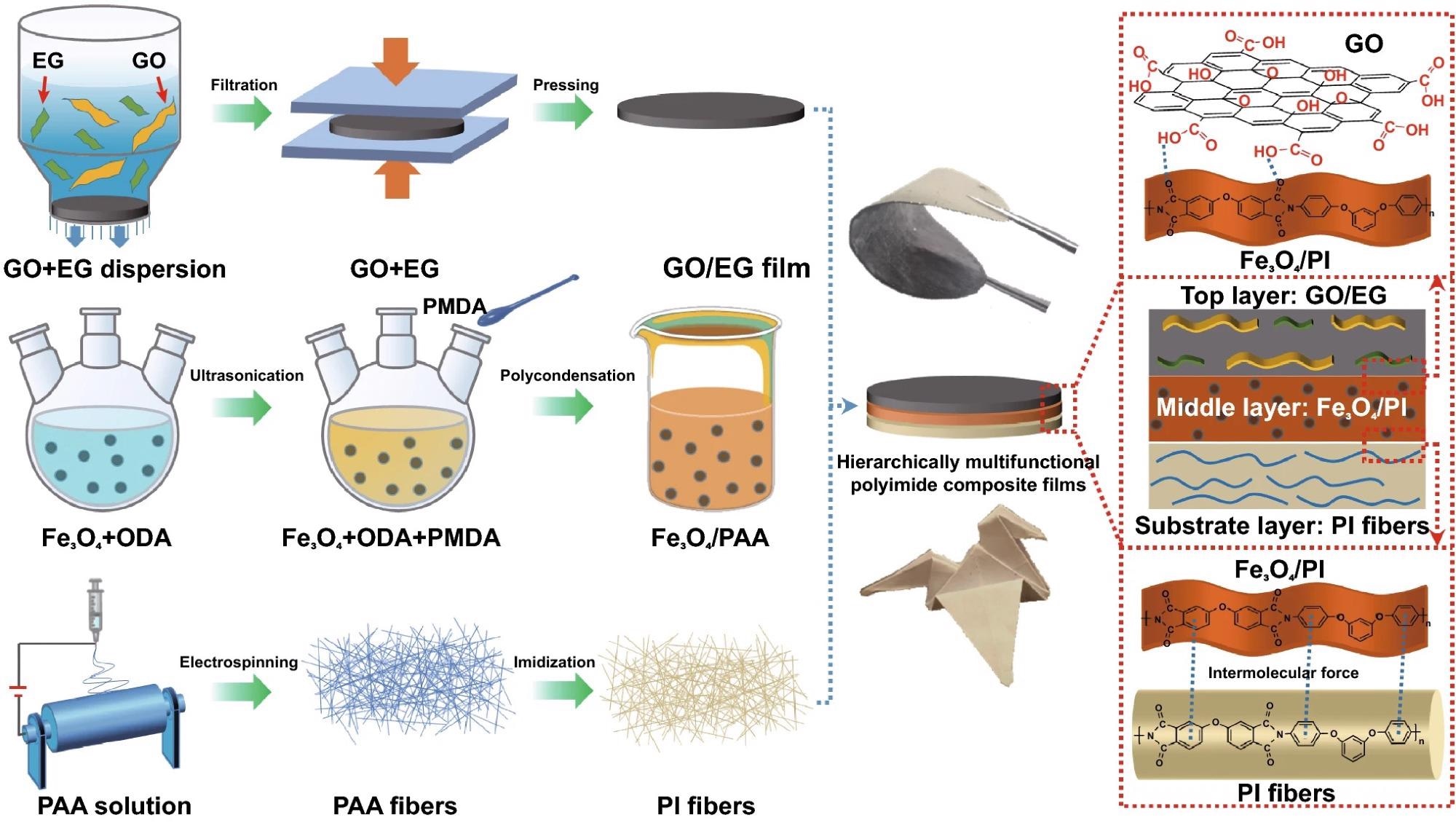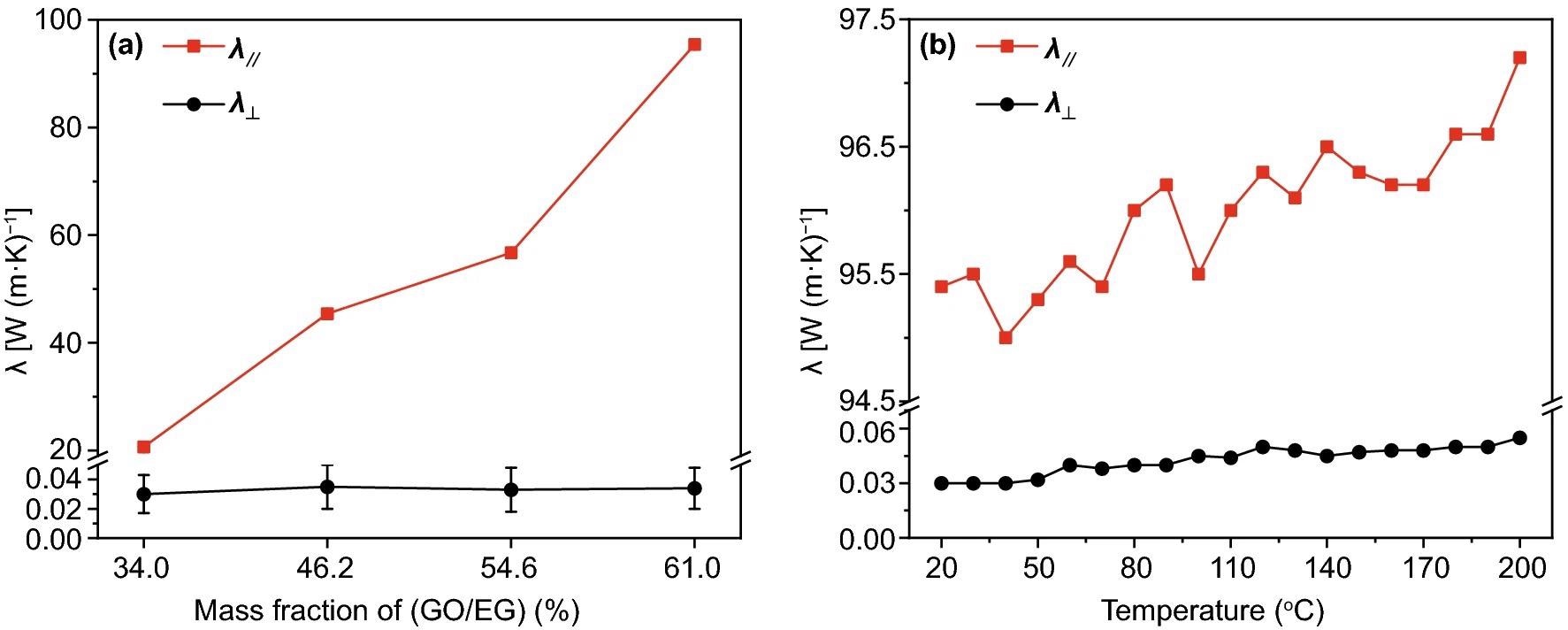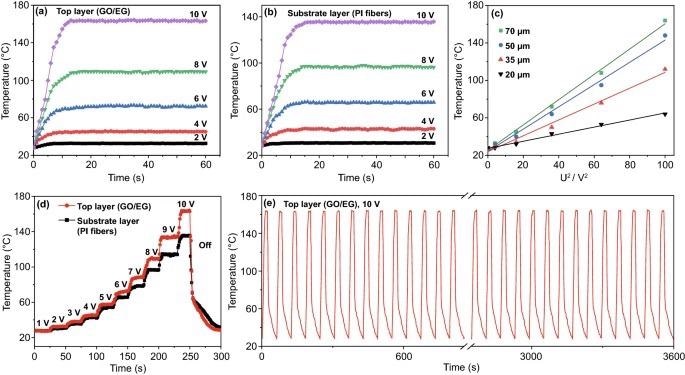In a recent study published in the journal Nano-Micro Letters, researchers from China developed a polymer-based hierarchically multifunctional polyimide composite film comprising of layers of 61.0 weight% graphene oxide/expanded graphite, 23.8 weight% ferric oxide/polyimide, and polyamide fibers to be used as a flexible, heat-dissipating, and electromagnetic interference (EMI) shielding film for electronic devices.

Study: Hierarchically Multifunctional Polyimide Composite Films with Strongly Enhanced Thermal Conductivity. Image Credit: tj-rabbit/Shutterstock/com
The film demonstrated a high in-plane thermal conductivity coefficient of 95.40 W (m K)-1, a suitable tensile strength of 93.6 MPa, excellent EMI shielding effectiveness of 34.0 dB, and a fast electric heating response of 5 seconds.
Polymer-Based Composites for Heat Dissipation and EMI Shielding
As electronic devices are becoming more and more compact and lightweight, the amount of heat generation and EMI caused by a large number of intertwined circuits are becoming a serious issue. Many researchers have tried to develop ultrathin flexible films that can simultaneously dissipate heat and provide EMI shielding that incorporates multi-walled carbon nanotube/water-based polyurethane and graphene oxide (GO)/cellulose nanofibers (CNF).
However, the direct mixing of fillers in polymer matrix often leads to discontinuous filler thermal conduction pathways due to uncontrolled segregation and agglomeration of fillers. The solution to this problem is to first prepare consolidated filler films before adding them to the polymer matrix such as graphite nanosheets (GNPs)/nylon gauze or GNP/CNF, but they have poor durability owing to the weak adhesion between the filler film and polymer matrix.

Schematic diagram of the preparation process for PI composite films. Image Credit: Guo, Y et al., Nano-Micro Letters
Electrospun polyimide (PI) fibers are known for their excellent tensile strength, flexibility, and mechanical properties, whereas expanded graphite (EG) has high thermal conductivity, excellent EMI shielding performance, and low cost; thus, EG filler films in electrospun PI fiber matrix is a promising candidate for this application.
However, EG is brittle in nature and possesses poor mechanical properties, which makes it unsuitable to transform into a durable film. On the other hand, GO film is flexible, has excellent mechanical properties, high specific area, and could form π-π interaction with EG magnetic fillers.
About the Study
In this study, researchers fabricated a three-layered polymer composite film, which consists of GO/EG top layer for high thermal conductivity, enhanced EMI shielding, and adequate mechanical properties, bottom substrate layer of electrospun PI fibers for improved mechanical properties, and intermediate ferric oxide (Fe3O4)/PI layer for better adhesion, and EMI shielding.
GO was prepared by Hummers method and EG was prepared by mixing graphite and (NH4)2S2O8 in H2SO4 solution followed by stirring, filtration, washing, and desiccation. Subsequently, EG was dispersed in GO aqueous solution followed by ultrasonication, filtration, drying, and molding in a press to obtain GO/EG films.

λ of PI composite films with fixed addition of Fe3O4/PI and PI fibers (a), λ of PI composite films contains 61.0 wt% of GO/EG change with temperature (b). Image Credit: Guo, Y et al., Nano-Micro Letters
Furthermore, the precursor of PI, 4, 4′-oxydianiline (ODA), and pyromellitic dianhydride (PMDA) were dissolved in dimethylacetamide solvent to get poly (amic acid) (PAA) solution, which was further thermally imidized to form PI fibers. Finally, to synthesize the Fe3O4/PI intermediate layer, ODA and Fe3O4 were dispersed in a solvent and with further addition of PMDA and equimolar ODA into the solution to get Fe3O4/PAA mixture followed by thermal imidization.
Observations
Scanning electron microscopy (SEM) showed that EG is thicker than GO in the top GO/EG layer, which is desirable for high thermal conductivity, adequate EMI shielding, and mechanical stability. Additionally, the entanglement of PI molecular chains between Fe3O4/PI layer and PI fiber layer and the hydrogen bonding and π-π interaction between Go/EG top layer and Fe3O4/PI layer provided a robust hierarchical structure. The GO/EG layer, Fe3O4/PI layer and PI fiber mat had thicknesses of 70 µm, 16 µm, and 160 µm, respectively.
The transient plane heat source method revealed that the PI composite had a thermal conductivity coefficient of 95.40 W (m K)-1 and surface electrical conductivity of 230.0 S cm-1, which was only dependent upon the amount of GO/EG i.e. 61 weight%, and the amount of Fe3O4/PI layer had no effect.
From the vector network analyzing (VNA) test, it is evident that the total EMI shielding effect and the absorption efficiency of the PI composite films increased with the percentage of Fe3O4/PI in the intermediate layer. Moreover, when the Fe3O4/PI amount was 23.8 weight%, this EMI shielding effectiveness was maximum at 34.0 dB. Similarly, a fast-heating response of 5 seconds was recorded.

Electric-heating property of PI composite films. The time–temperature relationship of PI composite films with different voltages (a, b), linear fitting of experimental temperature versus U2 (c), surface temperatures of the PI composite films upon gradient changed voltages (d), electric-heating stability of the PI composite films upon repeated supplied voltages (e). Image Credit: Guo, Y et al., Nano-Micro Letters
Conclusions
The researcher prepared a three-layered PI-based polymer composite with GO/EG as the top layer, Fe3O4/PI as the intermediate layer, and electrospun PI fibers as the bottom substrate layer. The GO/EG layer imparted high thermal conductivity due to the presence of more amount of EG, whereas a small amount of GO provided adequate flexibility.
Similarly, Fe3O4 in the intermediate layer enhanced the EMI shielding effect and the bottom electrospun PI fibers improved the mechanical stability. Moreover, all three layers demonstrated robust adhesion to each other. Hence, the new PI composite is an excellent choice for heat dissipation and EMI shielding in highly loaded compact electronic devices.
Reference
Guo, Y., Qiu, H., Ruan, K., Zhang, Y., Gu, J., Hierarchically Multifunctional Polyimide Composite Films with Strongly Enhanced Thermal Conductivity. Nano-Micro Lett. 2021, 14, 26.https://link.springer.com/article/10.1007/s40820-021-00767-4#citeas
Disclaimer: The views expressed here are those of the author expressed in their private capacity and do not necessarily represent the views of AZoM.com Limited T/A AZoNetwork the owner and operator of this website. This disclaimer forms part of the Terms and conditions of use of this website.